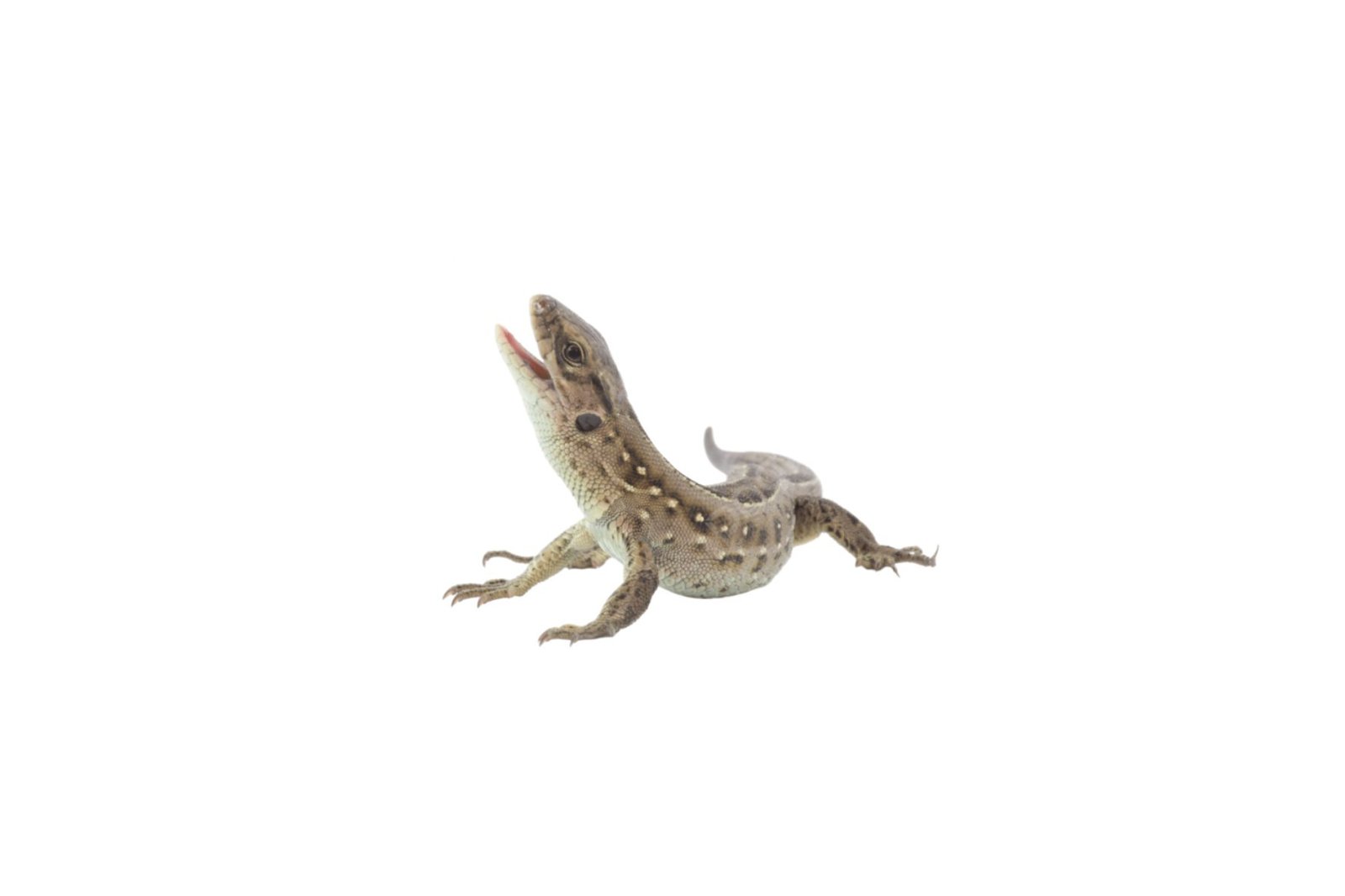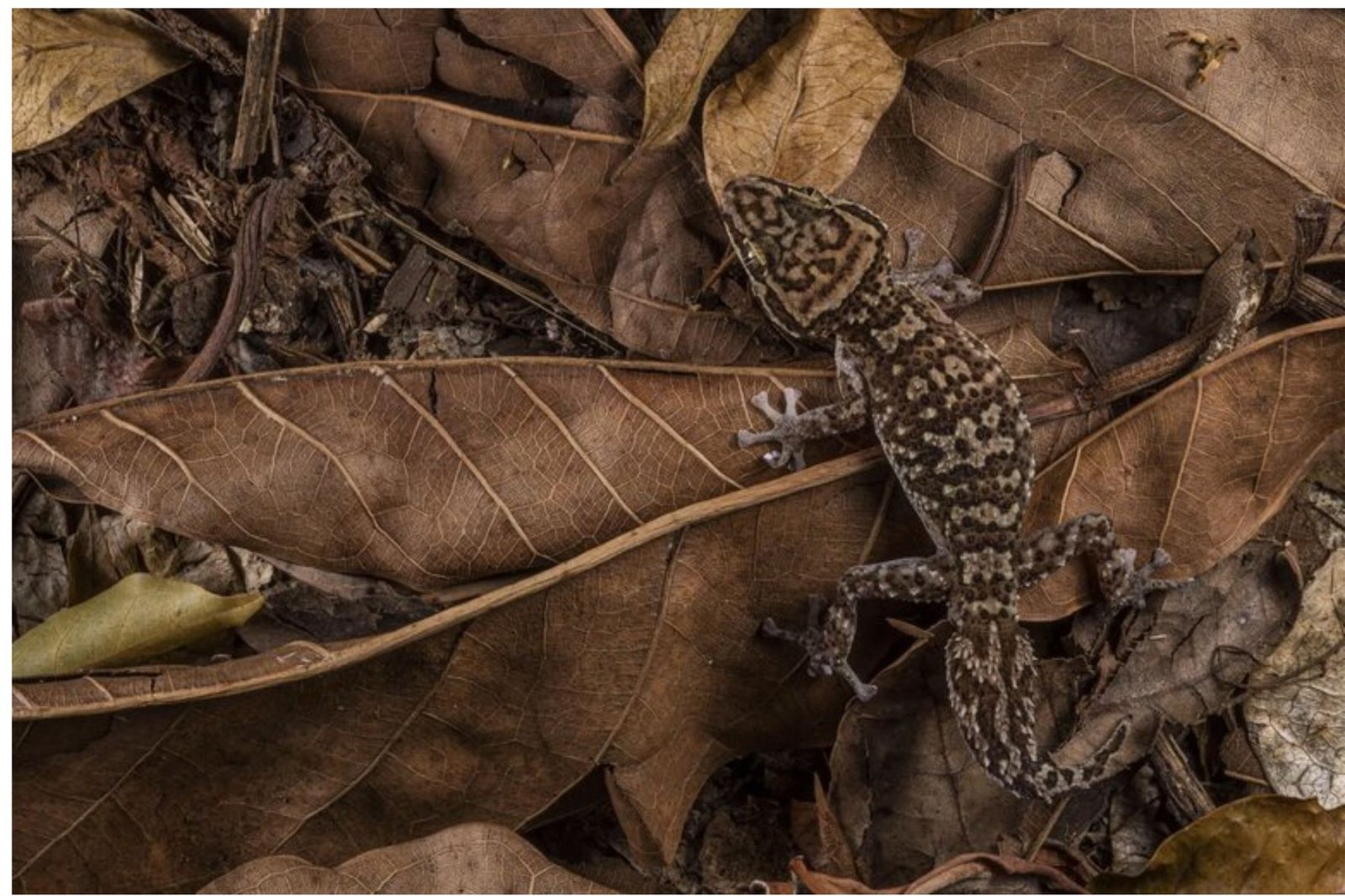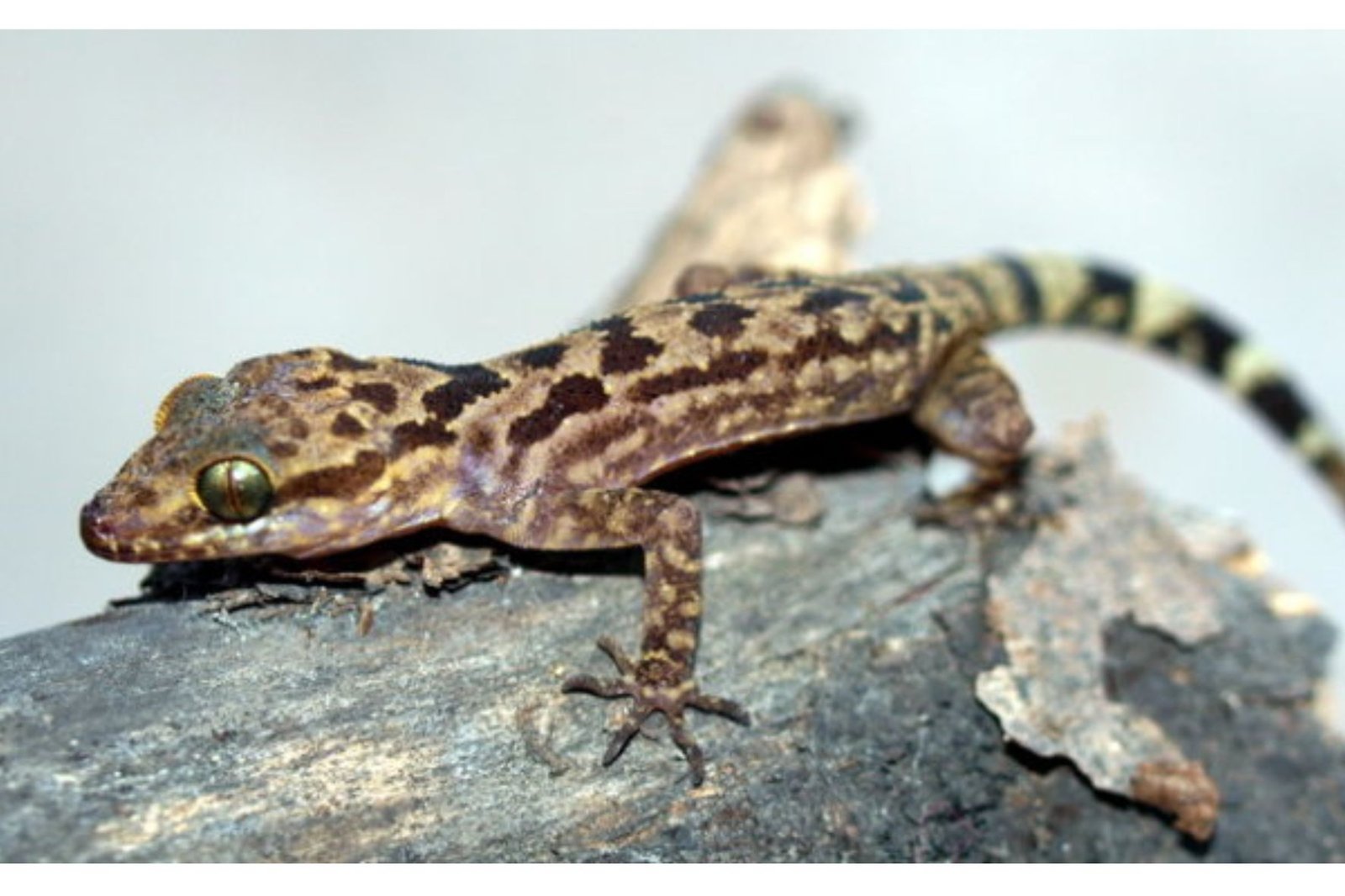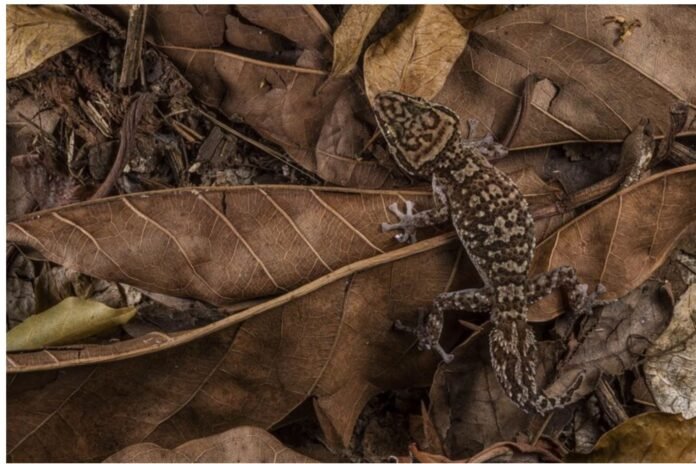Teaching a lizard to climb trees might sound like a whimsical idea, but it’s a fascinating and practical skill for enhancing the natural abilities of these reptiles. Whether you’re a pet owner, a wildlife enthusiast, or a herpetologist, learning how to train lizards can be both an enjoyable and educational experience. This guide will walk you through the steps to train a lizard to climb trees, covering essential techniques, tips, and safety considerations.
Links Domain: https://lawadvisors.pamshion.net

Understanding Lizard Anatomy and Behavior
Before starting the training process, it’s important to understand the lizard’s anatomy and natural behavior. Lizards are equipped with specialized feet and claws that aid in climbing. Their toes have curved claws that help grip surfaces, making them well-suited for climbing. However, not all lizards are natural climbers, and some species may need more guidance and encouragement.
Choosing the Right Lizard for Training
Not all lizards are suitable for tree climbing, and certain species are better adapted to climbing than others. For example, geckos and anoles are excellent climbers due to their specialized toe pads and gripping abilities. On the other hand, ground-dwelling lizards like skinks might find climbing more challenging. It’s crucial to select a lizard species that is physically capable of climbing and has a natural inclination for it.

Preparing the Training Environment
Creating the right environment for training is essential. Here’s how to set up an ideal training area:
- Choose the Right Tree: Start with a small, sturdy tree or a tree-like structure that is safe for your lizard to climb. Ensure that the tree is stable and the branches are not too thin or brittle.
- Install a Climbing Structure: If a real tree is not feasible, consider using artificial climbing structures such as branches, logs, or specially designed climbing platforms. These should mimic the texture and feel of natural tree bark to make the training process more effective.
- Ensure Safety: Check the environment for potential hazards such as sharp edges, toxic plants, or unstable surfaces. Safety is a top priority to prevent any injuries during training.
Training Techniques
Training a lizard to climb trees involves patience, consistency, and positive reinforcement. Here’s a step-by-step approach:
- Introduce the Lizard to the Climbing Structure: Place your lizard near the climbing structure or tree and allow it to explore at its own pace. Don’t rush the process; give the lizard time to become familiar with the new environment.
- Encourage Climbing: Use a gentle approach to encourage the lizard to climb. Place small treats or food items at various heights on the climbing structure to motivate the lizard to move upward.
- Use Positive Reinforcement: When the lizard climbs or shows interest in climbing, provide praise and treats. Positive reinforcement helps the lizard associate climbing with rewards and encourages continued effort.
- Gradually Increase Difficulty: As the lizard becomes more comfortable with climbing, gradually increase the height and complexity of the climbing structure. This gradual progression helps build the lizard’s confidence and climbing skills.
- Monitor Progress: Observe the lizard’s progress and make adjustments as needed. If the lizard shows signs of stress or difficulty, simplify the climbing structure and provide additional support.

Training Tips
- Be Patient: Training a lizard takes time and patience. Don’t be discouraged by slow progress or setbacks. Consistency and positive reinforcement are key to successful training.
- Respect the Lizard’s Limits: Pay attention to the lizard’s behavior and avoid pushing it beyond its limits. Some lizards may never become proficient climbers, and that’s okay.
- Provide Adequate Rest: Ensure that the lizard has plenty of time to rest and recover between training sessions. Overworking the lizard can lead to stress and reduce the effectiveness of the training.
- Keep Training Sessions Short: Short, frequent training sessions are more effective than long, infrequent ones. Aim for sessions lasting 10-15 minutes to keep the lizard engaged and motivated.
Safety Considerations
Training lizards involves handling and interacting with them in ways that could potentially cause stress or injury. Here are some safety considerations to keep in mind:
- Handle with Care: Always handle the lizard gently and avoid using excessive force. Rough handling can cause stress or injury to the lizard.
- Avoid Toxic Plants: Ensure that the climbing structure and surrounding area are free of toxic plants or substances that could harm the lizard.
- Monitor Health: Regularly check the lizard’s health and well-being. If you notice any signs of illness or injury, consult a veterinarian experienced in reptile care.
External link: art.htmlhttps:/jetluxury.techarmz.com/transformed-celebrity-
Conclusion
Teaching a lizard to climb trees is a rewarding and enriching experience that enhances the lizard’s natural abilities and provides valuable mental stimulation. By understanding the lizard’s anatomy, choosing the right species, preparing a suitable environment, and using effective training techniques, you can successfully teach your lizard to navigate vertical spaces with confidence.
Remember that patience, consistency, and positive reinforcement are key to successful training. Respect the lizard’s limits and ensure its safety throughout the process. With time and dedication, you and your lizard can enjoy the benefits of a well-trained climber, whether for practical purposes or as a fun and engaging activity.
